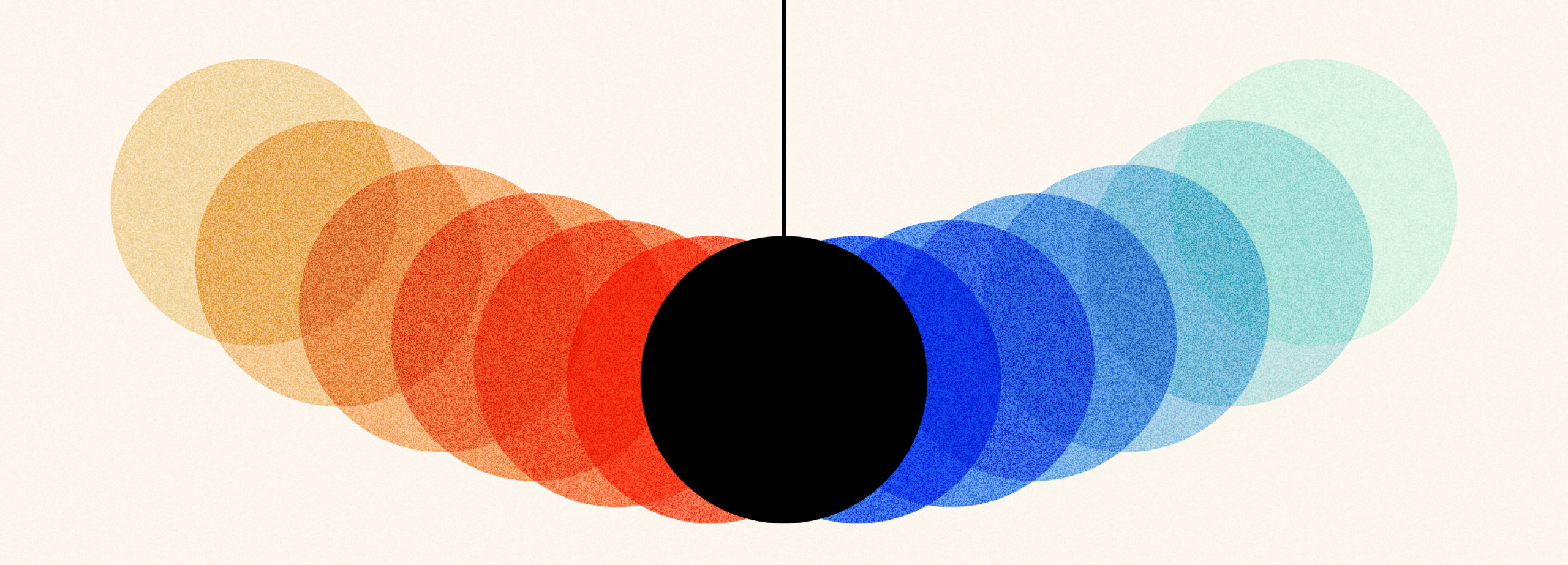
Which Should Your Startup Tackle First: Product Brand or Product Design?
You’ve found a product idea that sets you and your company ahead of the crowd. You’re convinced it will change the way people interact with an industry and solve real-world problems.
But you’ve got a problem of your own.
In addition to making key decisions about how to make a vision for your product a reality, as a startup leader, you must also secure funding to advance. Strategy around where you spend your time means everything, and often, a dilemma emerges: Is it more valuable to focus on your product design, or your brand identity?
Christian and Meghan discussed this question recently on the Better Product podcast. We’re giving it more attention for one big reason: The answer depends on your unique business and product vision.
Start At The Core: Where Is Your Business?
Startups need three ingredients to get products off the ground: capital, talent, and a loyal user base. A compelling brand identity can help generate support for all three.
A strong brand establishes your product vision as something people want to get behind. As Innovatemap’s Andy Kennedy explains, good brands communicate the “why” behind your product and makes what you’re selling meaningful. A clear why grabs attention and builds loyalty—with investors, with your first key hires, and with your users.
You also need to consider your product’s position in the market. If you’re working in a space with lots of competition, like video meeting software, focusing on brand first can show what makes your contribution unique. But if you’re launching a product in a new space, explaining your product concept itself could matter more. Here, product design becomes a strong starting point.
Product design may also matter more to investors. Because they want to be sure their funding will support a product they believe in and that has value for a defined audience, investors may want early insight into the product design.
Cement Your Product Vision
In any case, it’s important to realize you can’t have a strong brand until you’ve defined your product concept. That’s because a clear product vision should be the foundation of it all.
As Meghan described in the podcast, many startups will develop preliminary brands while a product is still in development. But companies who wait to agree on a product vision, even at this stage, could start off on the wrong foot: The early brand becomes misaligned from the product. Your goal as a startup leader is to keep both pursuits in sync.
As an example, Pitch, a presentation software company we recently featured on Better Product, relied heavily on its preliminary brand to generate hype. While they didn’t have a real product design to share in the early stages, Pitch did have a well-defined concept that was clear and easy to communicate. It’s this approach that enabled Pitch to rally early users.
Embrace The Pendulum
In an ideal world, product brand and product design would work hand-in-hand as your company grows. But the reality is complicated, and you’ll often have to swing back and forth.
As your company scales, focus on how you can evolve both over time. Make a decision about where you should begin to meet your unique goals and best serve your audience; then, stick to your guns. If you choose to begin with product brand, put your resources there. Take what you gain and reallocate resources, be it money, people, or user insights, back into product design.
One of the biggest examples of this process at work is the story of Slack and Dropbox. Both companies rebranded right before going public. While each had an early brand rooted in a strong, consistent product concept, the companies allowed their brands to evolve. This decision enabled Slack and Dropbox to meet a wider audience that wasn’t captured in their early user base.
Without paying mind to both sides of the coin, brand and design, you risk taking on “debt,” as Christian shares on the podcast. In the same way engineers who build features with bugs that go overlooked accrue “tech debt” that will have to eventually be paid—usually in a mediocre product and lost users—you can also accrue product design and product brand debt. Minimizing debt requires teams to keep both needs top of mind and to pursue both in tight cycles.
Summary
You don’t have to figure everything out immediately. But you do need to be strategic. As you grow your company, stay committed to your vision and keep focused on what your users value. From this, you can learn to build product band and product design in increments. Let the pendulum swing.



